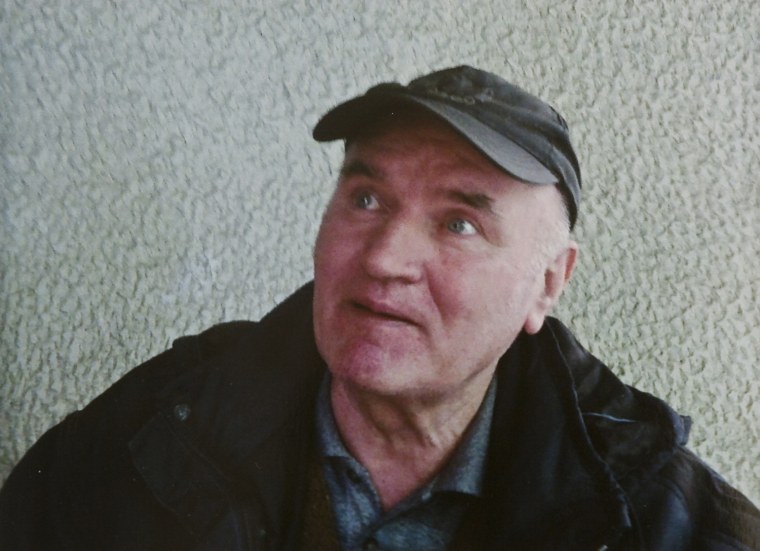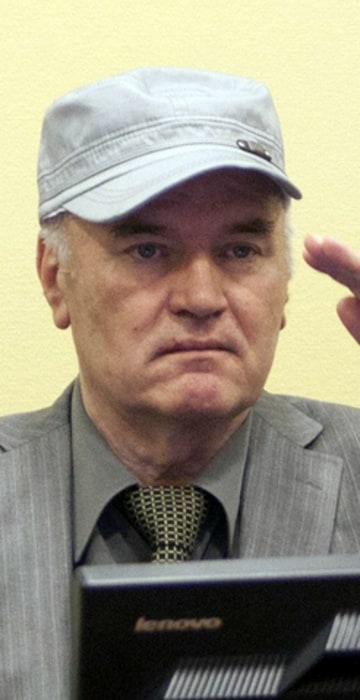
World
The charges against Ratko Mladic
A career soldier, Mladic stands accused of orchestrating the siege of Sarajevo and the slaughter of 8,000 Muslims in Srebrenica.
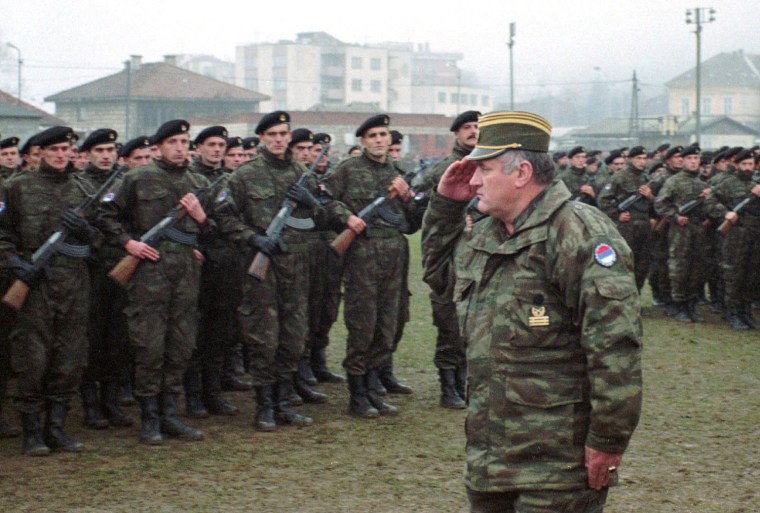
Bosnian Serb army commander General Ratko Mladic inspecting troops in the eastern Bosnian town of Vlasenica on Dec. 2, 1995. Mladic, one of the world's most wanted men, was arrested on May 26, 2011 and faces charges of genocide and war crimes at the U.N. war crimes tribunal in The Hague, Netherlands.
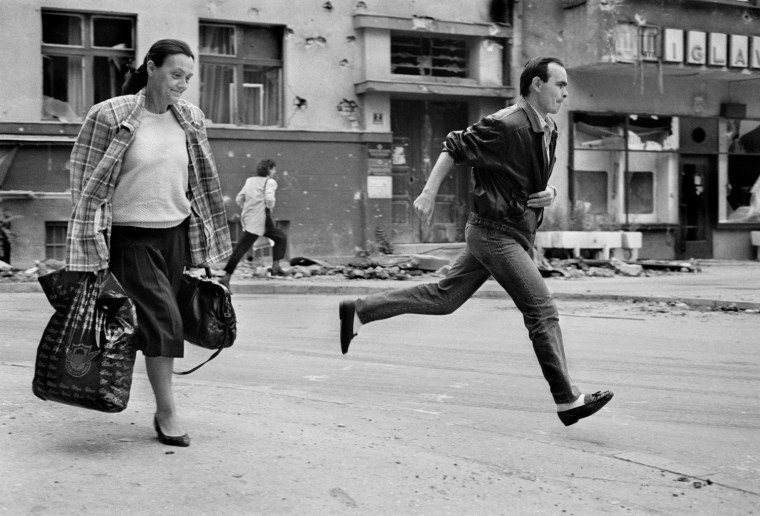
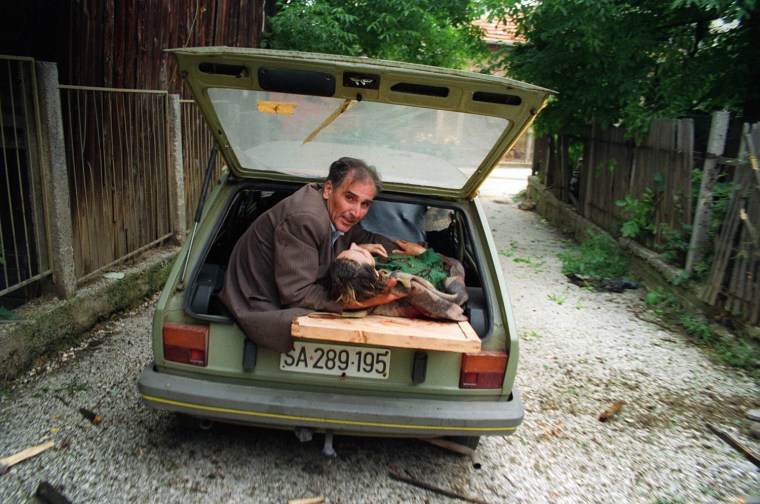
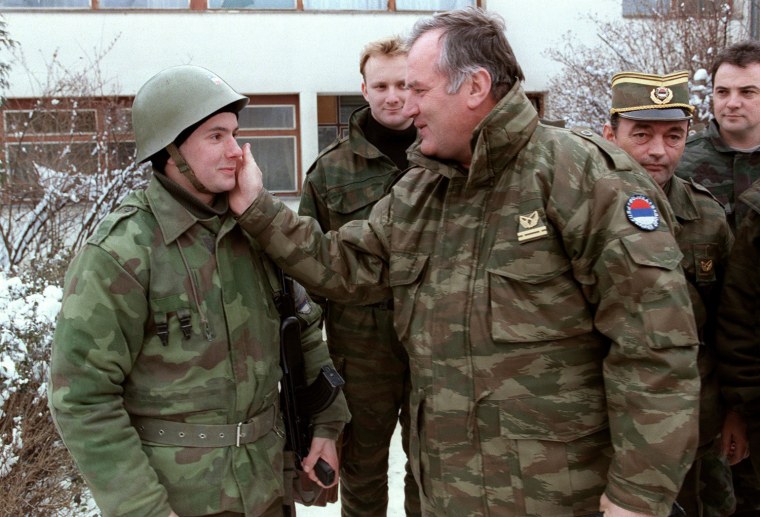
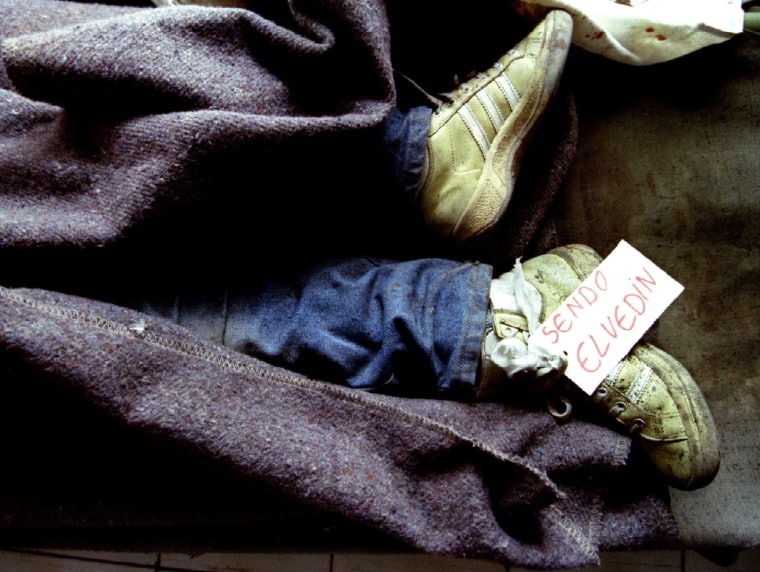
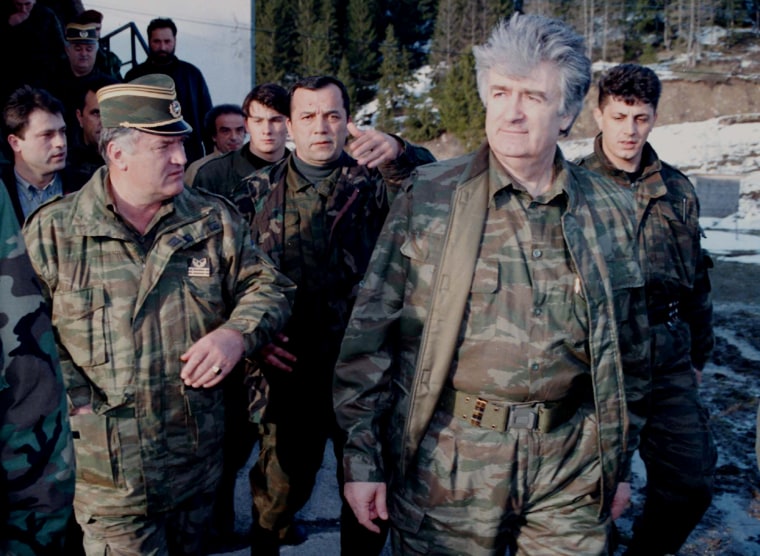
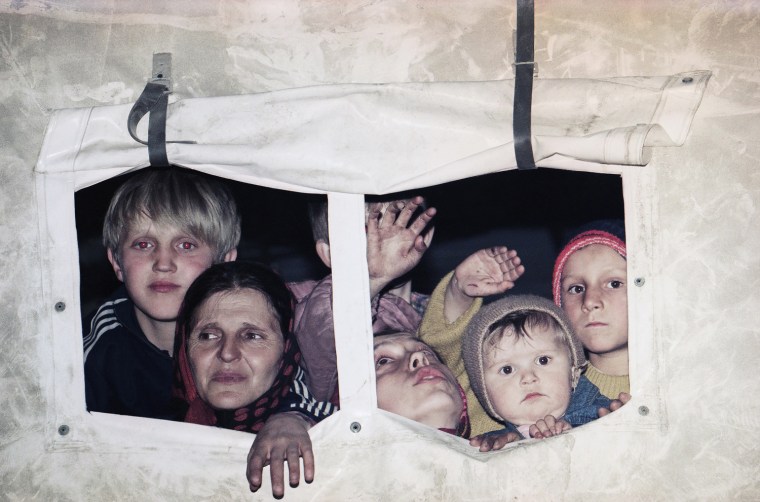
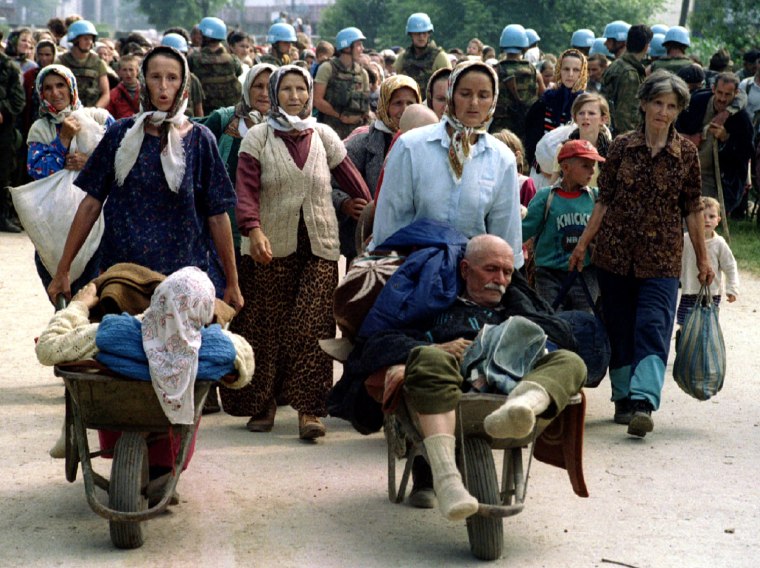
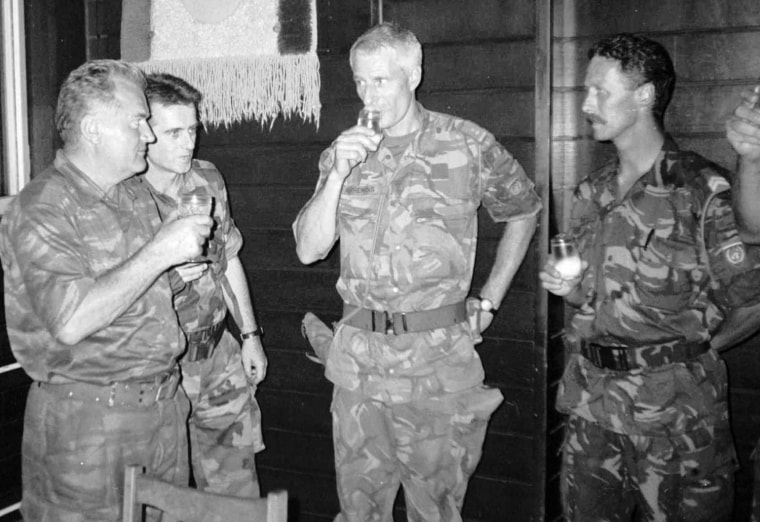
Ratko Mladic, left, drinks a toast with Dutch U.N. Commander Tom Karremans, second right, in the village of Potocari, 3 miles from Srebrenica, on July 12, 1995. Mladic is accused of orchestrating the methodical slaughter of up to 8,000 Muslims from the "safe area" of Srebrenica, in the worst massacre in Europe since World War II.
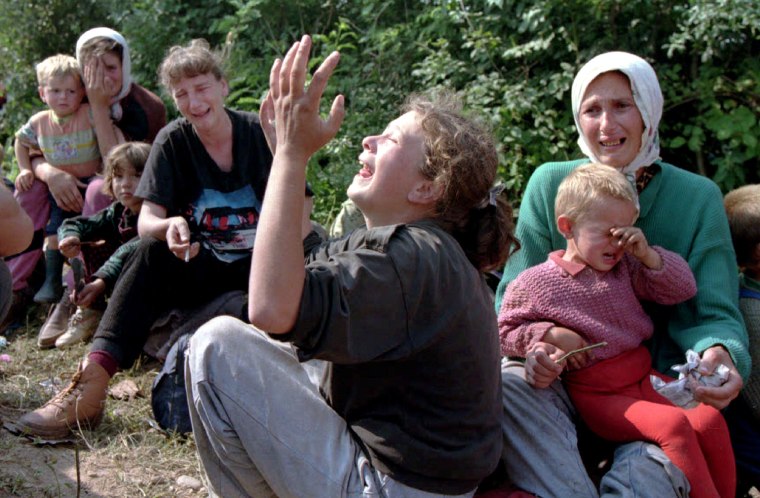
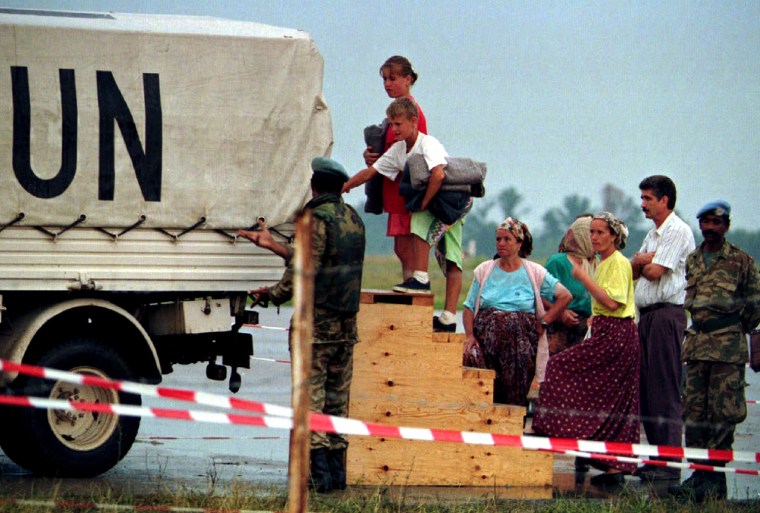
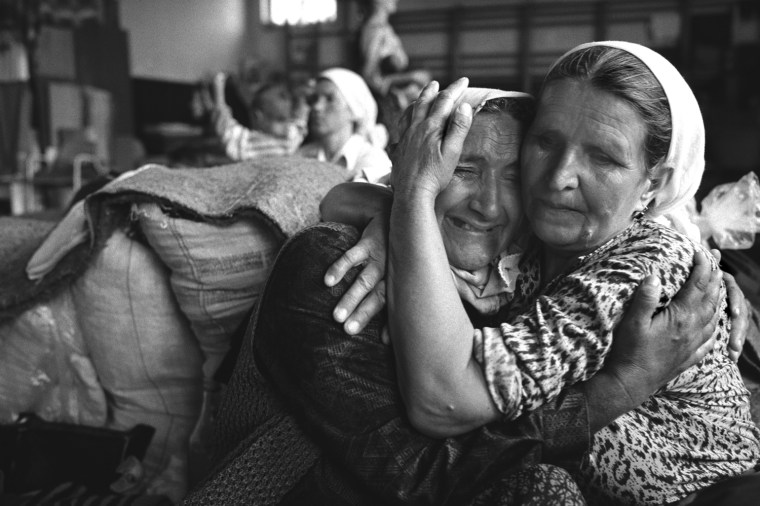
Grieving women at a refugee center set up to shelter Muslim families after they fled Srebrenica. Over a period of five days the Bosnian Serb army took control of the small spa town and separated Muslim men from their families. Over 8,000 men and boys were systematically murdered in the fields and valleys around the town.
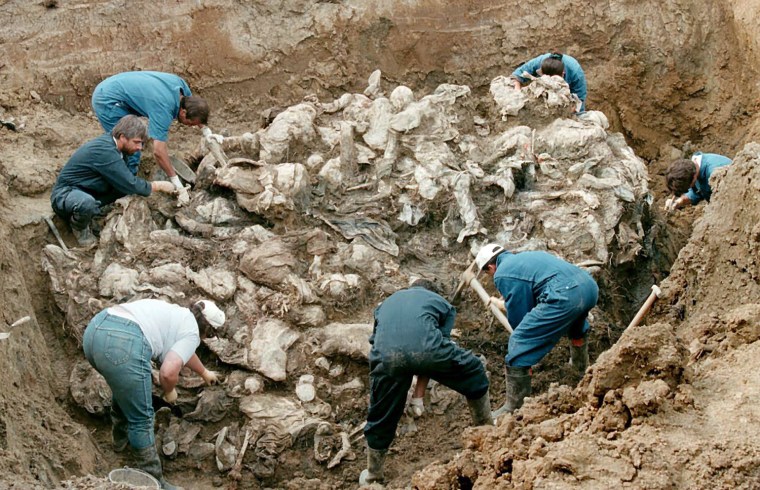
Forensic experts from the international war crimes tribunal in the Hague work to uncover a pile of partly decomposed bodies on July 24, 1996. The mass grave was found in the village of Pilica and was believed to contain the remains of some of the missing men from Srebrenica.
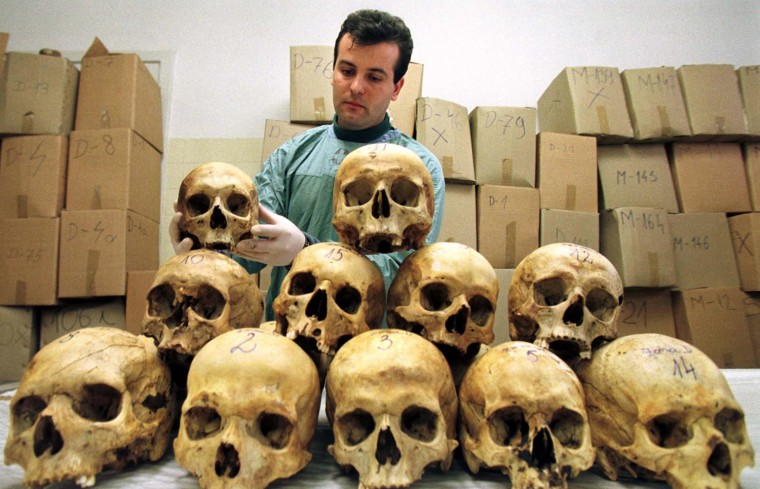
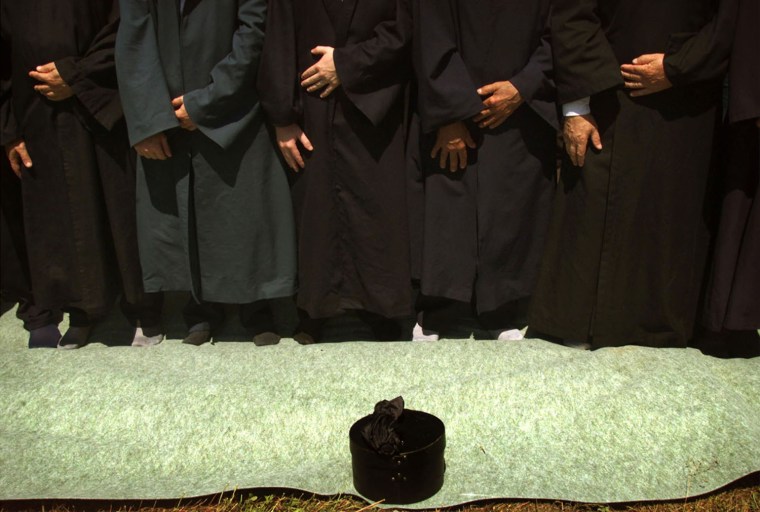
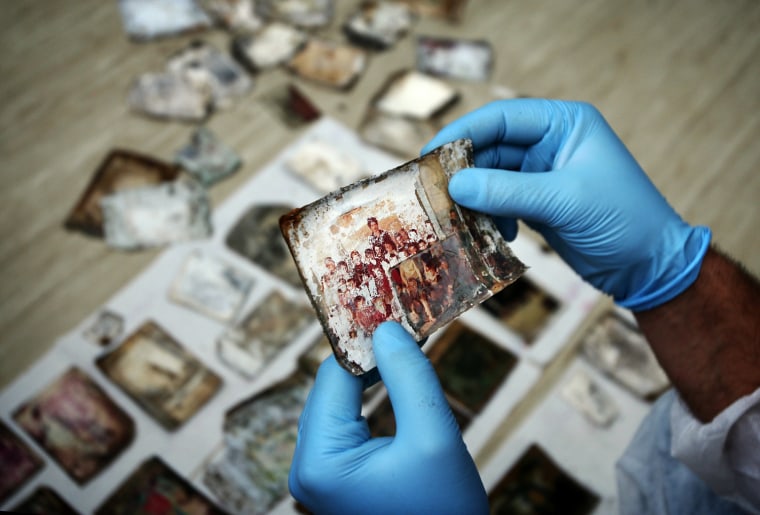
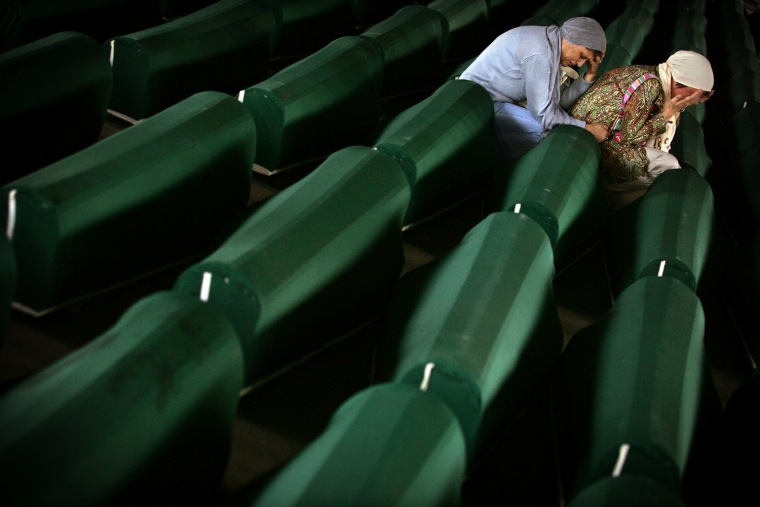
Two women cry over a coffin on July 10, 2005 in a factory hall in Potocari where the remains of 610 victims of Srebrenica massacre awaited burial. Their bodies were found in some 60 mass graves around the town, and a mass funeral was held on the tenth anniversary of the massacre.

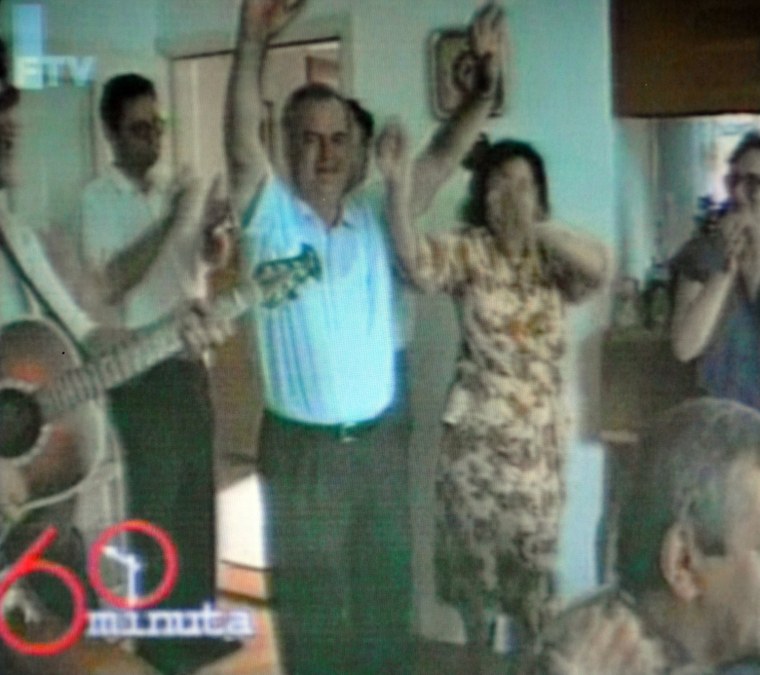
A home video obtained by Bosnian television and broadcast in 2009 shows Ratko Mladic, center, attending a party at an unknown location while he was a fugitive. For most of his years at large, Mladic managed to live discreetly but safely in Belgrade, relying on loyal supporters who consider him a war hero, not a war criminal.
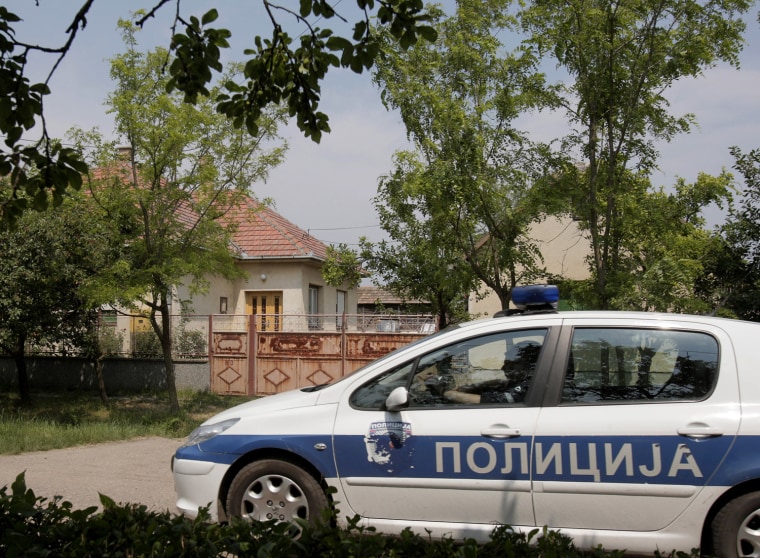
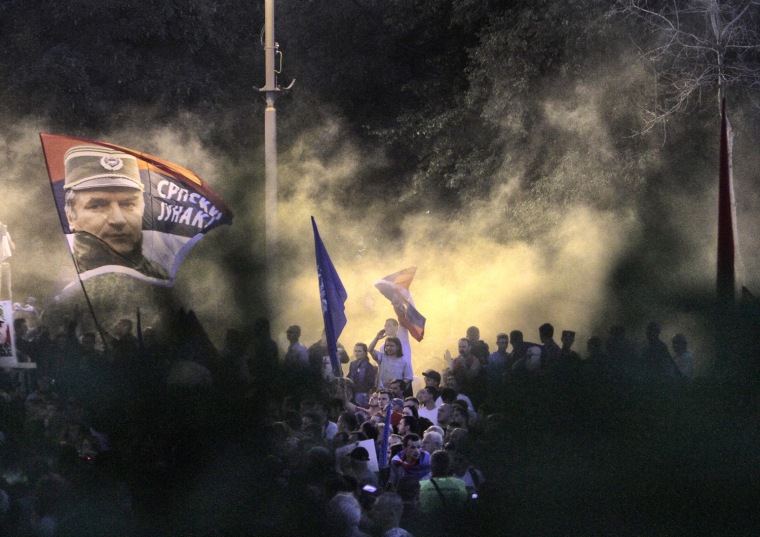
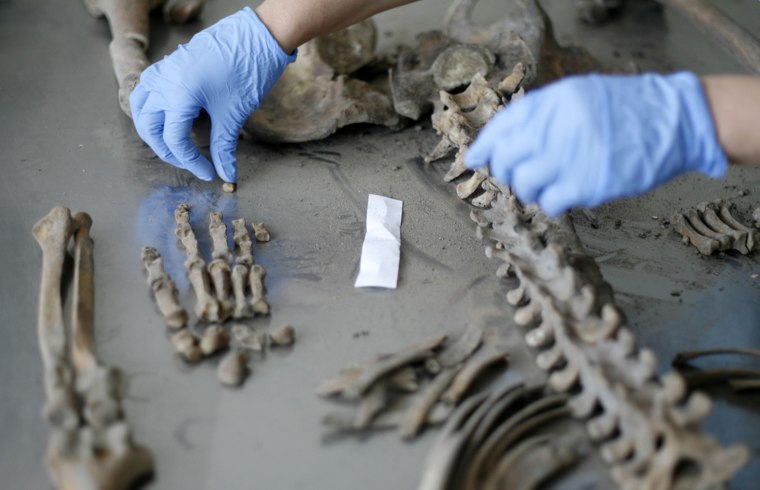
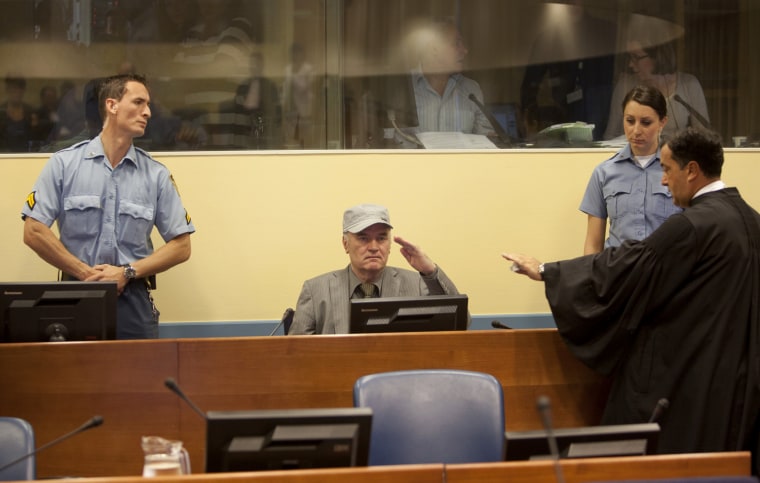
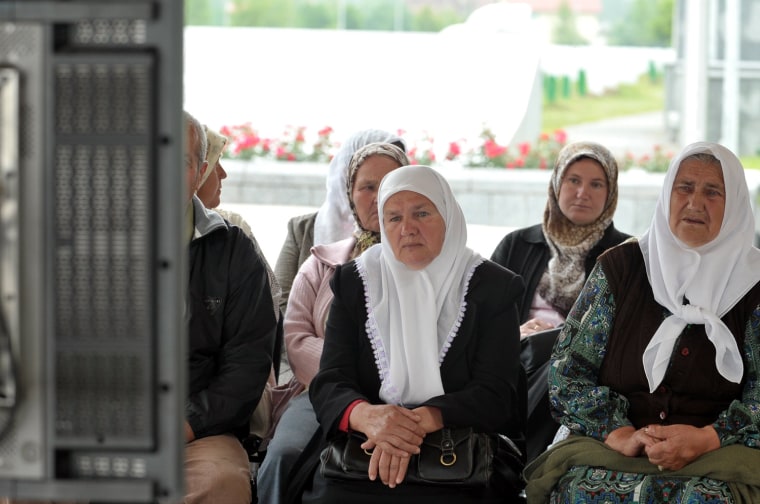
Bosnian Muslim women, survivors of the Srebrenica massacre, watch the live broadcast of Ratko Mladic's appearance before the international tribunal, in Potocari, near Srebrenica, on June 3, 2011. The 69-year-old is accused of masterminding the Srebrenica massacre - the only episode of the Bosnian war officially established as a genocide - and the siege of Sarajevo.
